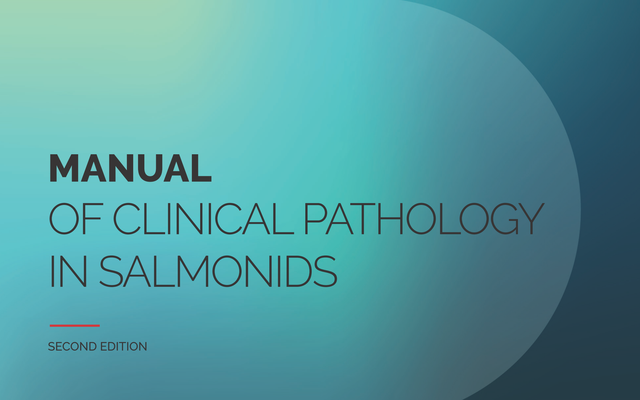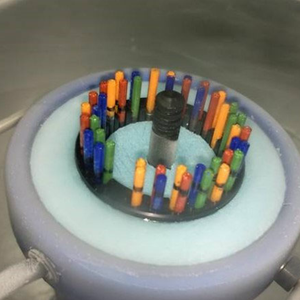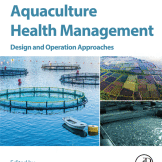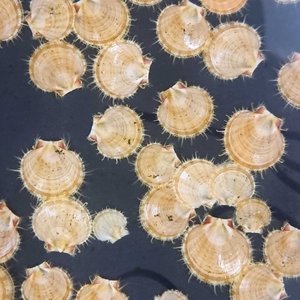A new manual was published contributing to the knowledge, identification and interpretation of the most used clinical laboratory tests in salmon farming and support the clinical diagnosis of veterinary medical professionals, who practice their profession in aquatic animal medicine on a daily basis.
“Manual of clinical pathology in salmonids” describes the reference intervals (IR) of indicators of hematology, clinical biochemistry, blood gas and hormones for Atlantic salmon, rainbow trout and coho salmon farmed in different productive stages (broodstock, pre-smolt, smolt, post-smolt and adults) and culture environment (freshwater and seawater).
“The interpretation of the results of the different indicators of clinical pathology in farmed salmonids may be different since they are influenced by intrinsic factors (species, productive stage, sex, nutritional and reproductive status) and extrinsic factors (environmental conditions, population density, method capture and sampling, among others),” said Marcos Rozas, editor of the manual.
“This variability supports the need to estimate IR with respect to the normality of the indicators in fish under productive conditions, according, at least, to the species and productive stage of the animals. Population-based IR is one of the most widely used laboratory tools in the clinical decision-making process. Technically, each laboratory should generate its own IR according to the technique and the specific working conditions, however, the high costs are a critical constraint to implement it,” stated Rozas.
The manual contains five chapters, beginning with the preanalytical stage for proper collection and disposal of blood samples for subsequent analysis. Chapter 2 addresses hematology in salmonids, which consists of the study of blood and its components, a health specialty that is gaining increasing importance in aquaculture due to its high value as a pathophysiological indicator for monitoring the status of the health of fish in culture. Chapter 3 deals with blood biochemistry, which is based on the detection and quantification of elements such as enzymes, substrates, minerals, among others, in plasma or serum.
An interesting contribution of the manual is the incorporation of parameters associated with blood gas and endocrinology in salmonids, which have had a significant impact on the understanding of the function and evolution of various neurochemical messengers and systems.
The information published in the manual was generated through the FIE-2015-V014-WP3 project “Determination of hematological and immunological parameters and mechanisms involved in host responses to prevalent infections and co-infections”, funded by the PGSA and co-executed with the Austral University of Chile. The online version of the 1st edition of this manual is published and available for public access on the PGSA website.
“For this 2nd edition, we were proud to have the participation of a world-class sponsor such as Elanco, with whom we share a very comprehensive vision of health management for the prevention and control of diseases in aquaculture. As companies are real people, we sincerely appreciate the great work of Carolina Susarte, Sandra Mienert and Juan Pablo López, who were committed to this project from the beginning,” said Rozas.
The manual is available in Spanish and English, in print and eBook format. The printed version of this second edition will be distributed directly and free of charge by Pathovet and Elanco among Chilean salmon producers, while the eBook version can be freely downloaded here.










